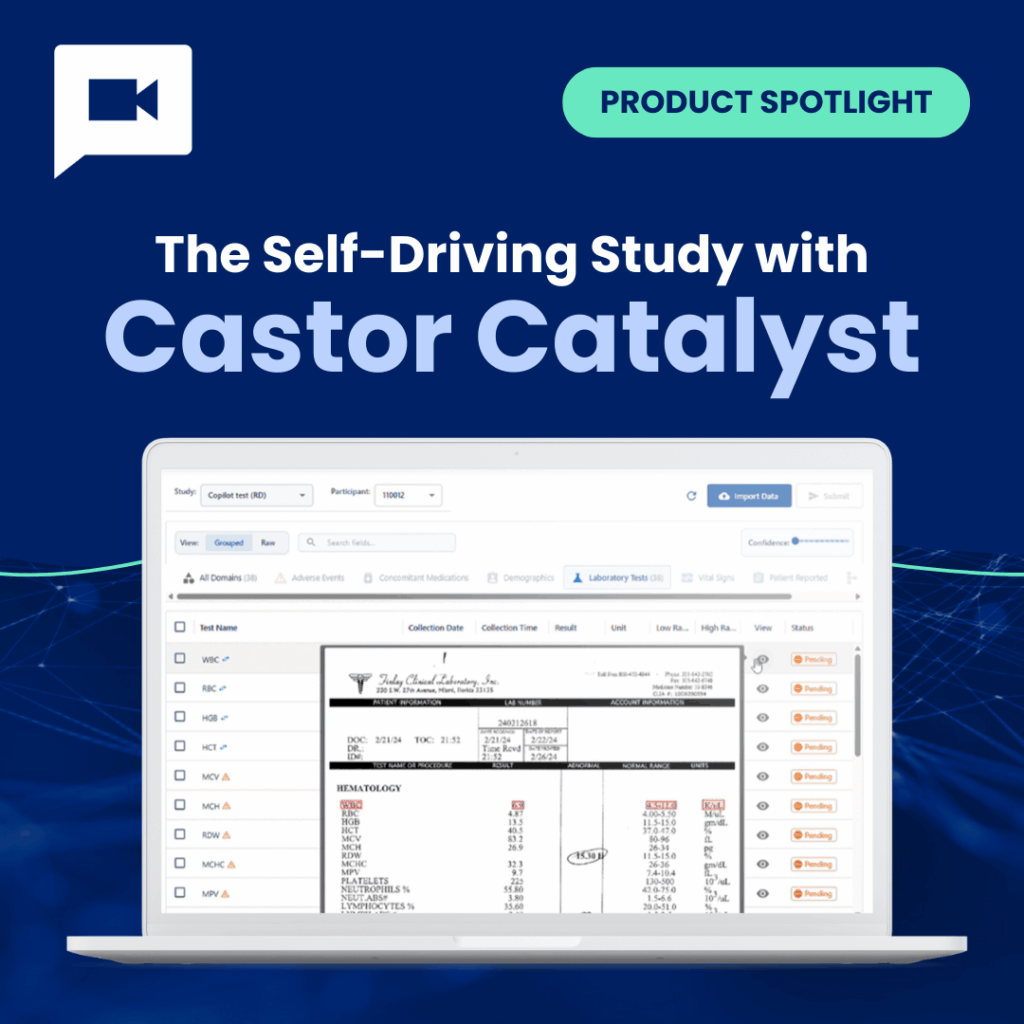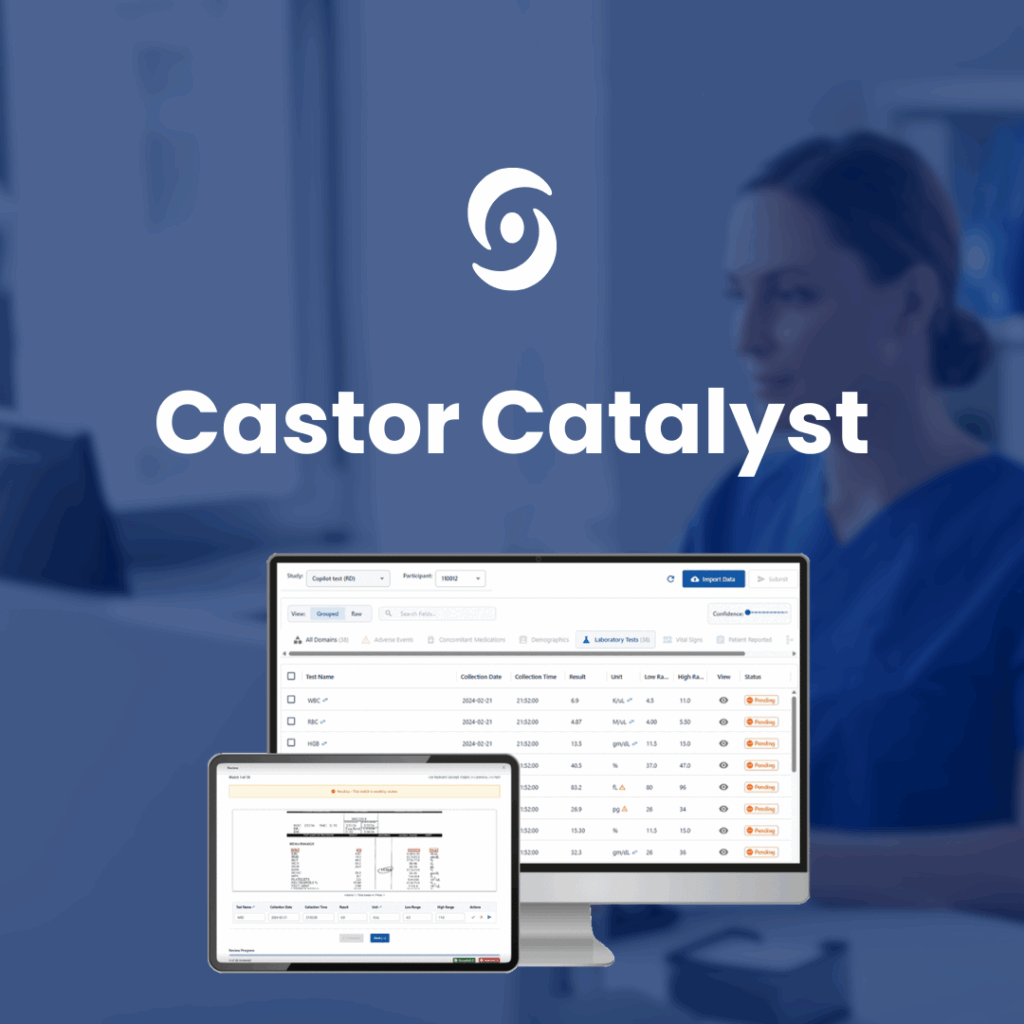Let’s talk local labs. They’re a staple of clinical trials—low-cost, quick turnaround, and conveniently right at the trial site. But when it comes to incorporating them into the EDC, things can get… messy. I’ve been in the trenches as a research coordinator, so I know the chaos of juggling patient safety, data accuracy, and operational efficiency. Here’s how we can rethink local labs to make them work smarter, not harder, for your study.
Protocol Simplification: Stick to the Essentials
First things first—why are we collecting this data? If you can’t answer that question clearly, it’s time to simplify.
- Collect What You Need to Answer Your Question: Not every analyte in a metabolic panel is going to move the needle for your trial. If you’re running a diabetes study, focus on A1C, not the entire buffet of bloodwork. Stick to the data points that support your endpoints—safety, efficacy, or both.
- Collect What You Need to Ensure Patient Safety: Safety comes first, always. If the data doesn’t inform a dosing decision, a safety signal, or patient management, it probably doesn’t belong in the EDC. Overcomplicating the protocol just adds unnecessary burden to already overworked site staff.
Simplifying your protocol doesn’t just help your data managers and coordinators—it keeps your trial laser-focused on what matters most.
Data Management Efficiencies: Design with Intention
Now that you’ve trimmed the fat from your protocol, let’s talk about how to manage the data you do need. Spoiler alert: not all data needs to be queried to death.
- Design with Purpose: Build your EDC forms to align with the questions you’re trying to answer. Don’t capture every analyte under the sun if only a handful are relevant to your endpoints.
- Signal Safety Quickly: Use automated workflows and notifications in the EDC to flag values that actually matter. If a lab result falls outside a critical range, the system should notify the right people—not fire off 20 queries for non-critical deviations.
- Focus Your Queries: Not every out-of-range value needs to be interrogated. If the PI has already reviewed it and determined it’s not clinically significant, why waste time querying it? Focus on the critical variables that directly impact patient safety or study outcomes.
- Merge CLIA Data Post-Hoc: Local labs come with their quirks—different units, different reference ranges, and so on. Instead of bogging down your EDC with complex edit checks, handle that cleanup post-hoc. Your data management team will thank you.
At the end of the day, your EDC should work for you, not the other way around. A little intentionality upfront saves everyone a ton of headaches later.
Data Management Burden: Don’t Drown in Complexity
I’ve seen what happens when local lab data gets over-engineered in the EDC—it’s not pretty. Here’s how to avoid that trap.
- Oversight Overload: Managing data from multiple local labs is already tough. Every lab has its own quirks—different units, varying reference ranges, and evolving CLIA certifications. Adding layers of unnecessary complexity only makes it harder.
- Inconsistent Data = Big Problems: One lab reports glucose in mg/dL, another in mmol/L. Reconciling these discrepancies takes time and introduces risk. Don’t make it harder than it needs to be.
- Query Hell: Querying every analyte that’s even slightly out of range creates a nightmare for site staff. Imagine spending hours answering queries for values the PI already ruled as non-significant. That’s time wasted—time that could be spent enrolling patients or managing their care.
Keep it simple. Focus on what’s clinically meaningful, and let the rest go.
Site Burden: Free Up Your Coordinators
Your site staff aren’t just data entry machines—they’re the glue that holds your trial together. Let’s stop making their jobs harder.
- EDC vs. Patients: Site coordinators didn’t get into research to spend their days clicking through EDC queries. They’re here for the patients. The more time they spend dealing with redundant queries, the less time they have to actually operationalize the trial.
- Cut the Redundancy: By the time lab results hit the EDC, the PI has already reviewed them for clinical significance. Why are we making coordinators jump through hoops to answer queries about data that’s already been handled? It’s inefficient and frustrating.
At the end of the day, your sites need workflows that respect their time and expertise. If we don’t make their jobs easier, we risk burning them out—and that’s a loss for everyone.
Conclusion: Smarter Labs, Better Trials
Local labs aren’t going anywhere—they’re too valuable for safety monitoring, quick insights, and even efficacy endpoints. But the way we manage them needs to change. By simplifying protocols, designing intentional workflows, and reducing site and data management burden, we can unlock the full potential of local labs without drowning in complexity.
At Castor, we don’t have a one-size-fits-all solution because every trial is different. What we do have is a flexible approach that meets you where you are. Whether you need comprehensive workflows or simple flagging, we’ve got you covered. Let’s build something that works—not just for the data, but for the people behind it.
The takeaway? Don’t let your EDC run the study. That’s your job. Let the EDC be the tool that makes your job easier.


